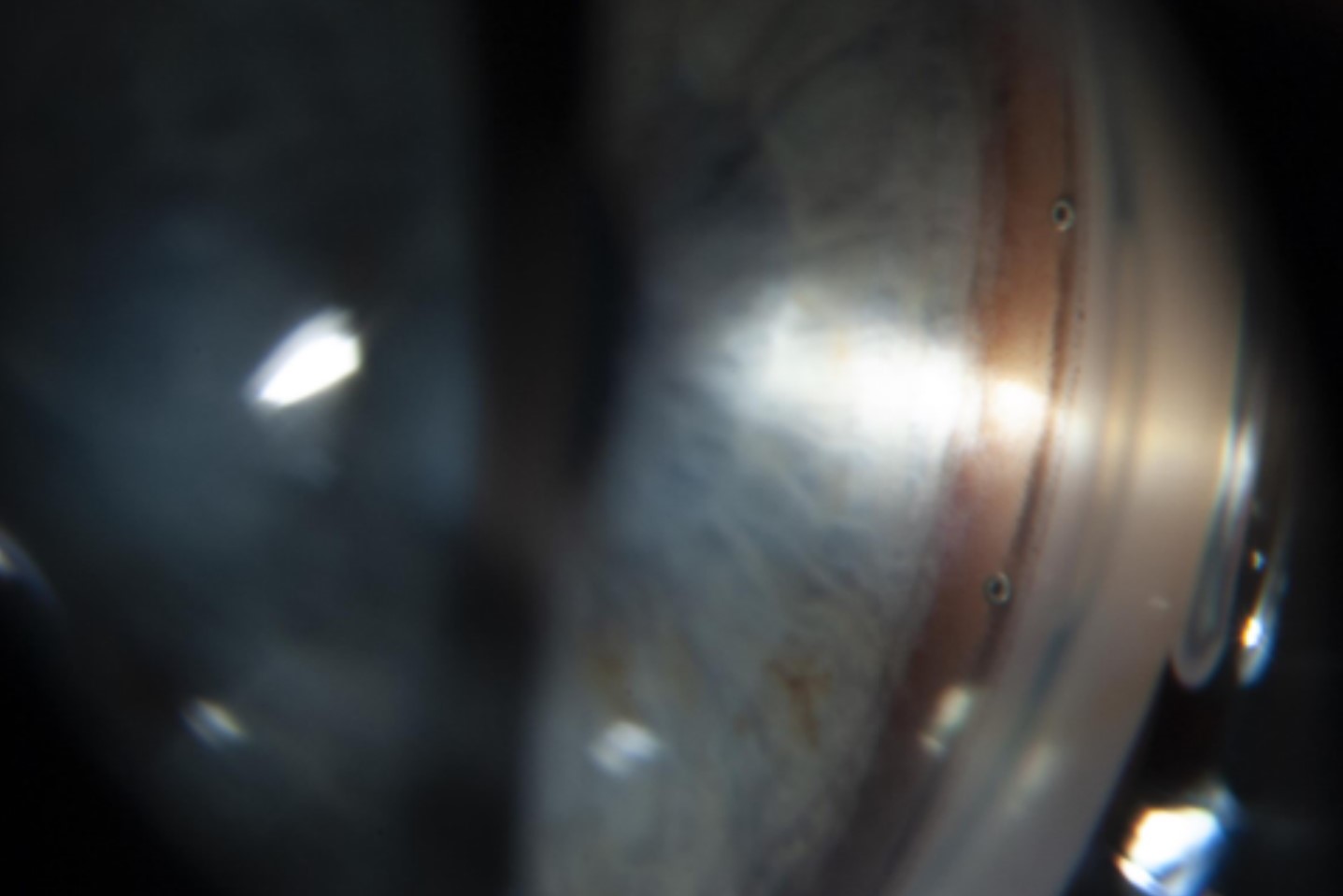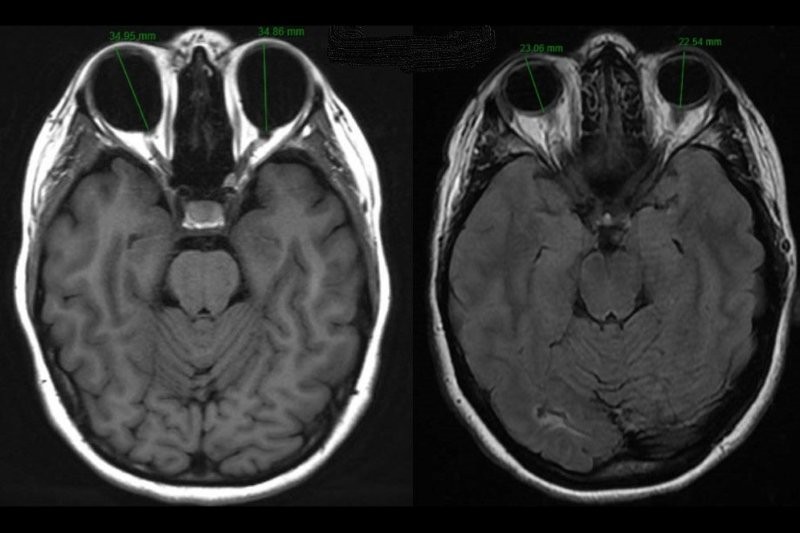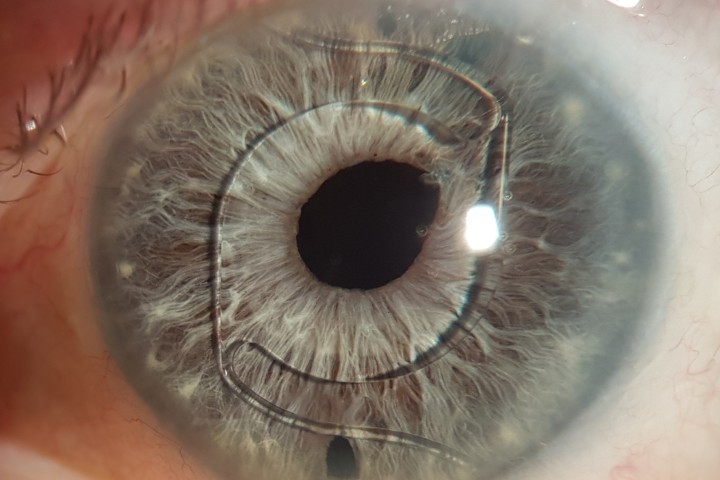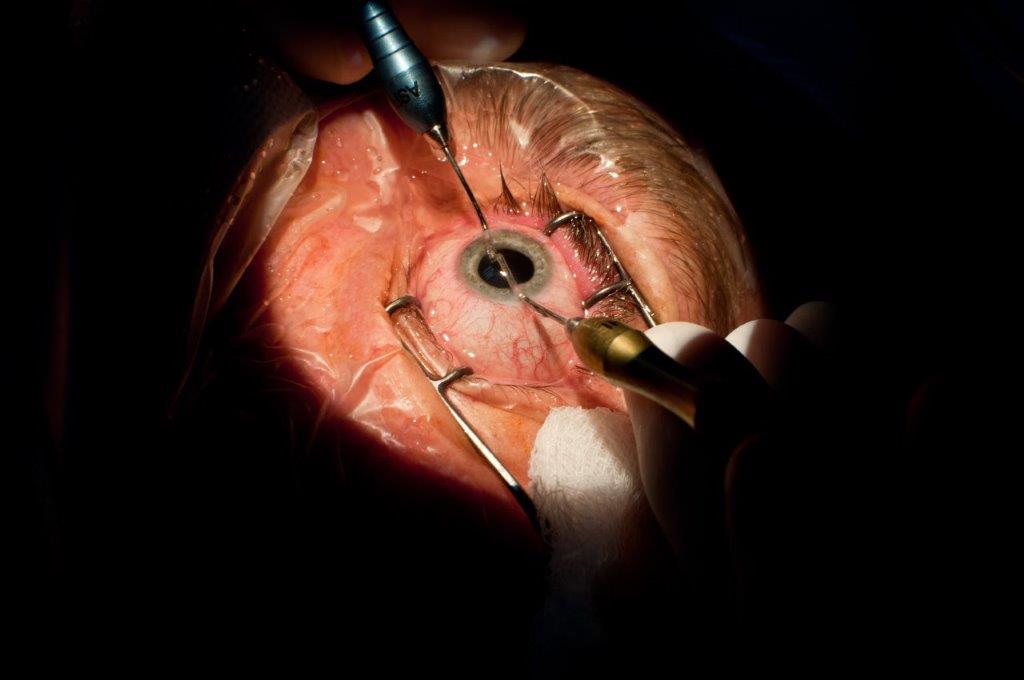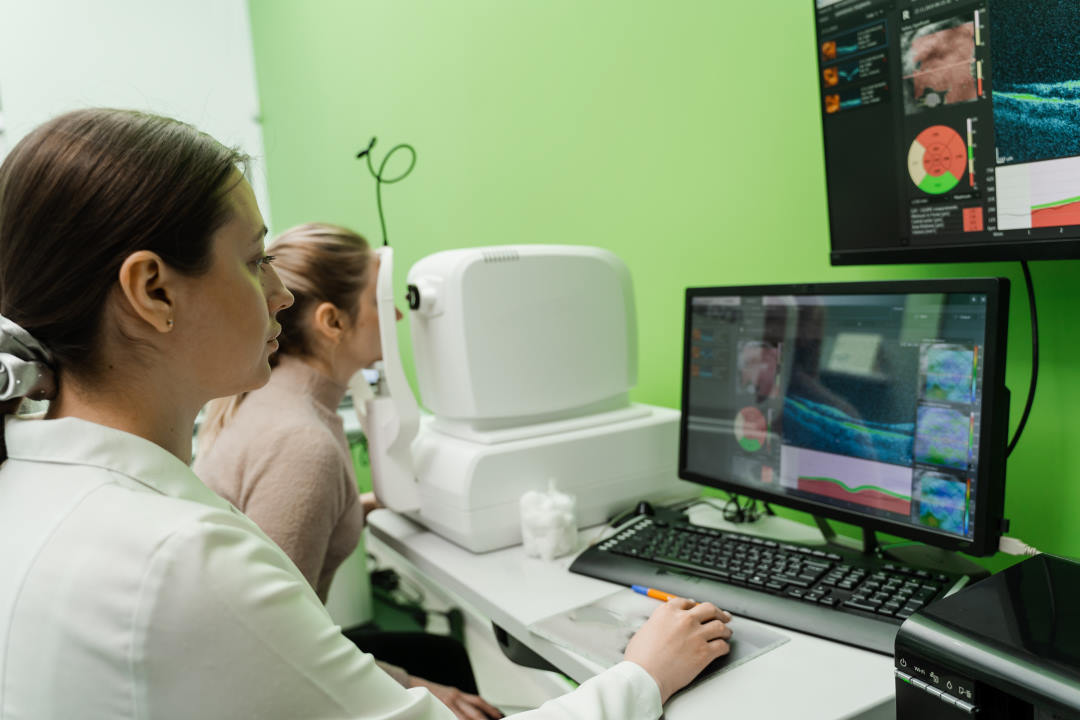Minimally invasive glaucoma surgery (MIGS) in NZ
Glaucoma surgery has come a long way since the days of Dr Louis de Wecker, described as the father of glaucoma filtration surgery in 1869. Sugar, Cairns and Watson paved the way to the modern day trabeculectomy in the 1970s and Molteno introduced the first glaucoma drainage implant in 1969. There was little further interest in glaucoma surgery until the introduction of minimally invasive glaucoma surgical (MIGS) devices in the last decade. MIGS are used to lower intraocular pressure (IOP), using an outflow mechanism with little scleral dissection and minimal conjunctival manipulation (American Glaucoma Society).
So, why the surge of interest in MIGS? Quite simply, until recently glaucoma surgeons have not had suitable surgical options for patients with mild to moderate glaucoma. We mostly agree that pharmacological treatment is the first line in the management of glaucoma. However, there are concerns regarding treatment failure, costs, side-effects and adherence. Trabeculectomy and drainage shunt procedures may also be complicated by hypotony, reduced vision, a lifelong risk of infection and they need intensive follow-up. So, the ultimate goal in glaucoma management is to find surgical options for treating mild to moderate glaucoma, with a good safety profile, which could possibly also prevent progression to advanced glaucoma.
Overview
There are three main mechanisms for MIGS devices: increasing trabecular outflow, increasing suprachoroidal outflow and increasing subconjunctival drainage. This article will only discuss the main MIGS devices currently available in New Zealand.
Glaukos iStent inject
Glaukos’ iStent inject is a second-generation trabecular micro-bypass stent which targets the trabecular outflow system and provides direct access between the anterior chamber and Schlemm’s canal. It was approved for use in Australia in conjunction with cataract surgery in 2016 and has been used at Greenlane Clinical Centre in Auckland since August 2018. This 360µm device has a conical head, is made from titanium and is preloaded with two stents in each injector.
The Synergy trial is the most widely promoted study which established the efficacy of the iStent inject. This 2014, pan-European, multi-centre prospective, unmasked trial included patients with open angle glaucoma (three patients had pseudoexfoliation) on at least two glaucoma medications. The untreated mean IOP ranged from 22-38 mmHg at screening after washout. The patients were followed up for 12 months. At six months, patients with IOP >18mmHg were started on latanoprost for the next six months. Patients with IOP >38mmHg were exited from the study and alternate treatments were given at the investigators’ discretion. The primary efficacy endpoint was the percentage of subjects with IOP <18mmHg without drops at 12 months. The secondary efficacy endpoint was the percentage of subjects with IOP <18mmHg regardless of ocular hypotensive medications at 12 months. Eighty-eight patients had reached efficacy endpoints. At one year, the mean IOP was 15mmHg with/without medications with an overall 10.2mmHg drop in IOP from baseline.15.2% had a reduction of one medication at 12 months, and 71.7% had a reduction of two or more medications. Adverse reactions affected 18 patients, with six patients requiring intervention (filtration surgery =3; goniotrephination =1; stent obstruction=2), the stent was not visible on gonioscopy in 13 patients.
Another multicentre clinical trial by Katz concluded that iStent inject is at least as effective as two glaucoma medications at 12 months with a mean IOP of 13mmHg at 12 months (compared to a baseline IOP of 25.2mmHg; a control medical therapy group had an IOP of 13.2mmHg at 12 months). Bertelman also found the iStent inject was effective in POAG and PXG, but not as effective in pigment dispersion glaucoma. Overall, the iStent inject has a role in reducing the burden of medications and has a good safety profile.
Hydrus
The Hydrus implant is an eight-millimetre-long device made from nickel and titanium, which functions as a “intracanalicular scaffold” dilating the Schlemm’s canal after implantation, hence increasing outflow facility. Pfeiffer published a two-year, randomised control trial of combined Hydrus and phacoemulsification vs phacoemulsification alone. At two years, the IOP was 16mmHg in the combined group compared to 19mmHg in the phacoemulsification group. A 20% reduction in IOP was achieved in 80% of the combined group vs 46% in the phacoemulsification group while medication-free status was achieved in 73% of the combined group vs 38% in the phacoemulsification group alone. Hydrus also exhibits a good safety profile though it may be associated with anterior synechiae, which did not influence the study outcome.
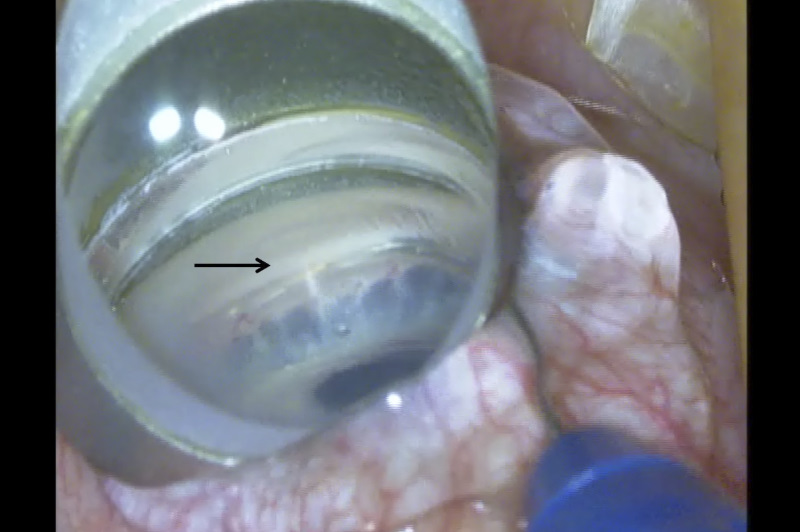
Fig 2. Intraoperative implantation of the Hydrus stent
Xen Gel Stent
The Xen implant is a 6mm-long gelatine-based, cross-linked stent with a 45-micron lumen. It allows communication of aqueous to the subconjunctival space. Advantages of this implant include a sutureless procedure, requiring smaller incisions and no iridectomy with rapid visual recovery. Potential risks include hypotony, failure and stent erosion. Successful surgery depends on the patency of the pathway created, and the degree of conjunctival scarring. This surgery is augmented with mitomycin-C, similar to trabeculectomy. The size and length of the implant was specially designed to reduce the risk of hypotony.
A recent paper by Schlenker compared the role of Xen vs trabeculectomy in an international, multi-centre, retrospective cohort study and concluded that Xen had fewer in-clinic interventions (51.4% vs 62.1%), fewer postoperative visits (one less visit in the first postoperative month), less vision loss (12.4% vs 21.9%) and less surgically-induced astigmatism (25.3% vs 40.7% for >0.5D astigmatism) compared to trabeculectomy.
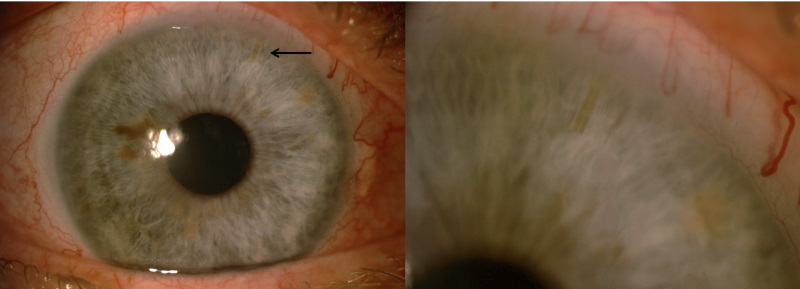
Fig 3. XEN implant in the superior nasal quadrant
Conclusion
MIGS provides a potential solution for glaucoma management issues such as poor tolerance and adherence. As more data emerges on the evidence and safety of these devices, one must be careful in comparing one device against the other. Fig 4 shows the pre- (without washout) and postoperative IOP and medications for each device using the most representative series. These devices lower IOP by 3-12mmHg and have a greater effect with higher baseline/washout IOP and with the number of shunts.
Both iStent and Hydrus have modest additional reduction in intraocular pressure but the reduction in the number of medications is beneficial. The Xen implant achieves a considerable reduction in intraocular pressure and number of medications. A modest treatment effect may be sufficient to justify its use, particularly if the risk profile is low, as medications too have potential risks. The use of selective laser trabeculoplasty is as effective as monotherapy with a prostaglandin analogue and yet this is not considered a limitation of its use and may be considered as a first-line treatment in some patients. A modest effect may be sufficient when offset against a greater risk from more extensive surgery or the risk of polypharmacy and it is important to consider that not all patients require a target IOP of 10mmHg. Finally, subconjunctival drainage shunts should not be considered as a replacement for traditional glaucoma filtration surgery, as these devices do not achieve equivalent low target IOPs.
Potential limitations of MIGS include the cost of the device and the difficulty in providing direct comparisons between different MIGS. Future research design directions in this area include a standardised follow-up of at least 12 months, wash-out at baseline, diurnal IOP measurements and a defined effectivity end point of at least 20% reduction of IOP.
My take on this area is to personalise the glaucoma treatment to the specific patient, establishing the severity and rate of progression of glaucoma. Trabecular meshwork bypass surgery may not achieve very low IOP compared to Xen and trabeculectomy, and should be considered in mild/moderate glaucoma, especially in conjunction with cataract surgery whilst Xen should be considered in more stable, advanced glaucoma where there are concerns regarding medication adherence/tolerability or patients who require faster visual recovery.
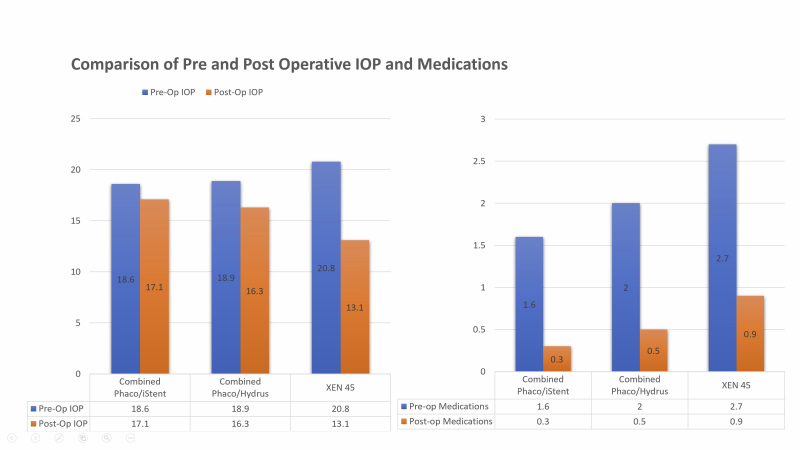
Fig 4. Comparisons of pressure lowering effect and reduction in the number of medications following 1) combined phacoemulsification and iStent 2) combined phacoemulsification and Hydrus 3) XEN alone (modified from Manasses et al.)
Dr Divya Perumal is a former optometrist and a New Zealand-trained ophthalmologist. She has advanced training in complex glaucoma and cataract surgery, and practises at Auckland District Health Board and Eye Institute.
References
- Fea AM et al. Prospective unmasked randomized evaluation of the iStent inject versus two ocular hypotensive agents in patients with primary open-angle glaucoma. Clin Ophthalmol. 2014 May 7;8:875-82.
- Klamann MK et al. iStent inject in phakic open angle glaucoma. Graefes Arch Clin Exp Ophthalmol. 2015 Jun;253(6):941-7.
- Manasses DT, Au L. The New Era of Glaucoma Micro-stent Surgery. Ophthalmol Ther. 2016 Dec;5(2):135-146.
- Pfeiffer N et al. A Randomized Trial of a Schlemm's Canal Microstent with Phacoemulsification for Reducing Intraocular Pressure in Open-Angle Glaucoma. Ophthalmology. 2015 Jul;122(7):1283-93.
- Schlenker MB et al. Efficacy, Safety, and Risk Factors for Failure of Standalone Ab Interno Gelatin Microstent Implantation versus Standalone Trabeculectomy. Ophthalmology. 2017 Nov;124(11):1579-1588.
- Voskanyan L et al. Synergy Study Group. Prospective, unmasked evaluation of the iStent inject system for open-angle glaucoma: synergy trial. Adv Ther. 2014 Feb;31(2):189-201.










